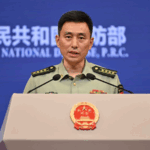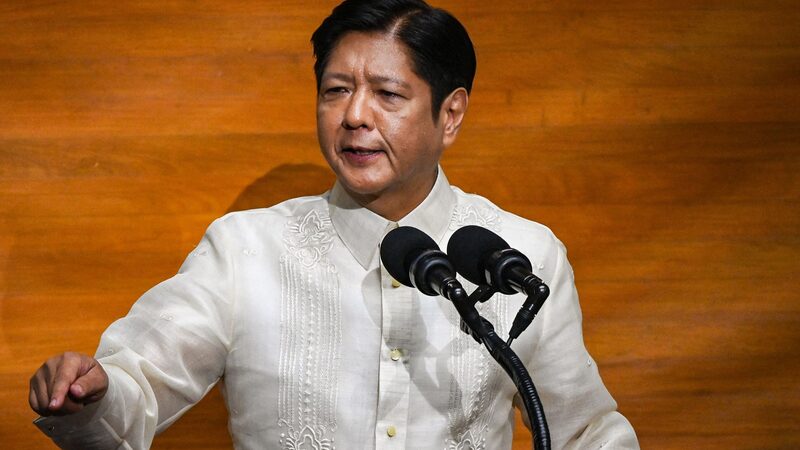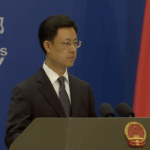Behind the Geopolitical Chessboard: What’s at Stake?
At the 61st Munich Security Conference, U.S. and Philippine officials reignited debates over the South China Sea (SCS), framing China’s actions as a threat to regional stability. But analysts question whether Washington’s push to strengthen alliances is truly about peace—or preserving its global power.
🇺🇸 The U.S. Playbook: Containment or Stability?
U.S. Secretary of State Marco Rubio’s call to counter 'destabilizing actions' reflects a strategy experts liken to the 'Thucydides Trap,' where dominant powers try to block rising rivals. The SCS, a vital trade corridor for China, has become a pressure point in this rivalry. By bolstering Philippine maritime assertiveness, critics argue the U.S. aims to disrupt China’s access to resources and trade routes ⚖️.
🇵🇭 The Philippines’ Tightrope Walk
For Manila, aligning with Washington offers short-term security assurances. But history shows smaller nations risk becoming pawns in great-power games. As seen in Ukraine, U.S. support often prioritizes strategic wins over allies’ long-term stability, leaving partners vulnerable when conflicts escalate 🎯.
🌏 Shifting Global Priorities
With U.S. focus pivoting from the Middle East to Asia-Pacific, the region has become the new frontline for power competition. Analysts warn heightened tensions could destabilize trade flows, impact regional economies, and turn the South China Sea into a tinderbox 🔥.
Key Takeaway: While alliances evolve, the stakes for regional peace—and the world’s economic interconnectedness—have never been higher.
Reference(s):
U.S.-Philippines alignment in the South China Sea is a risky gamble
cgtn.com





